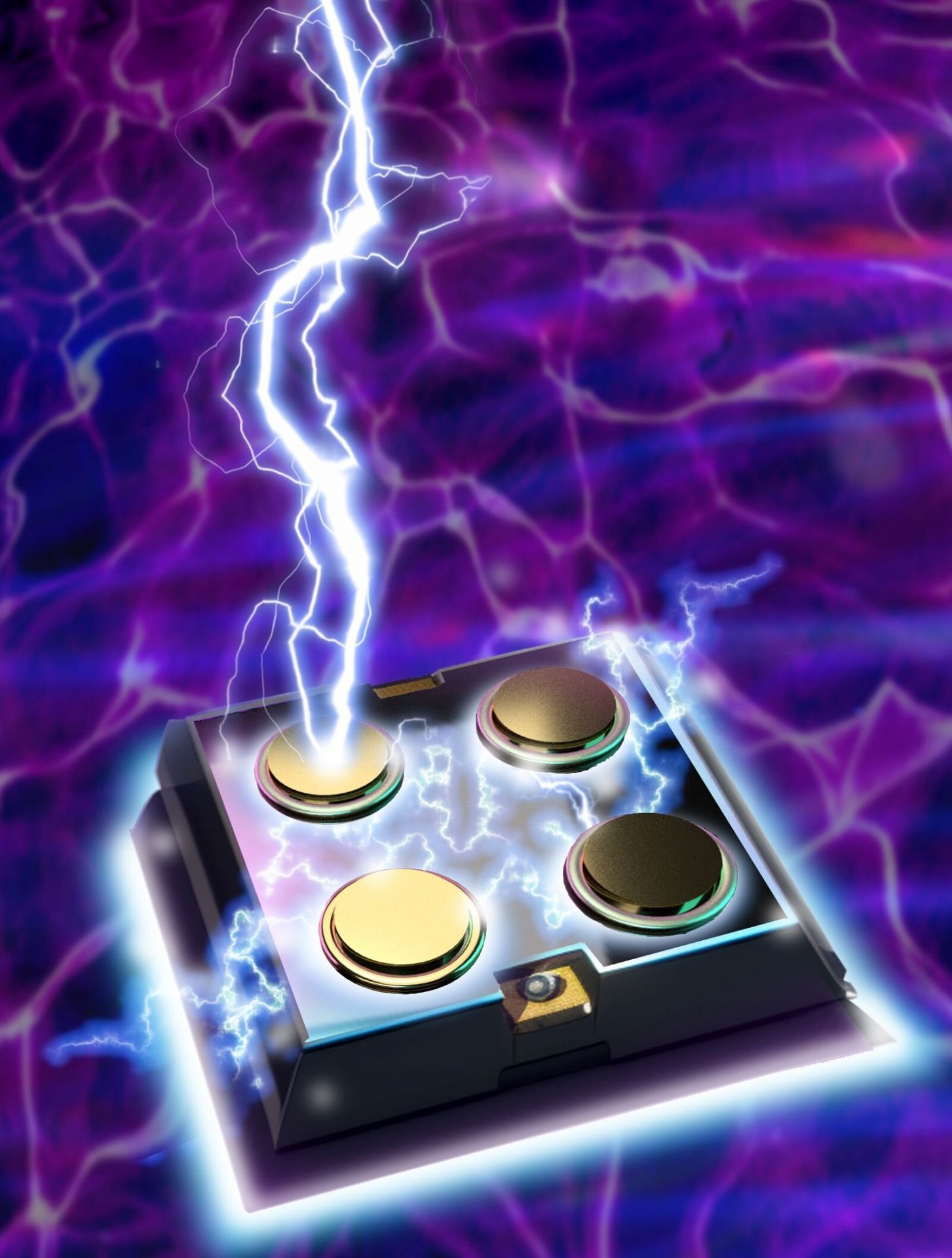We often believe computers are more efficient than humans. After all, computers can solve complex math equations in an instant and can also remember the name of that one actor we always forget. However, human brains can process layers of information quickly, accurately, and with minimal energy input. They can recognize a face after seeing it just once or instantly differentiate between a mountain and the ocean.
These seemingly simple tasks require significant processing power and energy input from computers, and even then, their accuracy varies. But what if we could create brain-like computers that operate with minimal energy? This would revolutionize every aspect of modern life. Quantum Materials for Energy Efficient Neuromorphic Computing (Q-MEEN-C), a nationwide consortium led by the University of California San Diego, is at the forefront of this research.
UC San Diego Assistant Professor of Physics Alex Frañó, co-director of Q-MEEN-C, describes the center’s work in phases. In the first phase, they successfully created or mimicked the properties of a single brain element, such as a neuron or synapse, in a quantum material. Now, in phase two, their latest research published in Nano Letters reveals a crucial milestone: electrical stimuli passed between neighboring electrodes can also affect non-neighboring electrodes. This discovery, known as non-locality, brings us closer to developing devices that can mimic brain functions, known as neuromorphic computing.
“In the brain, these non-local interactions are frequent and effortless,” says Frañó. “They play a crucial role in how the brain operates, but replicating similar behaviors in synthetic materials is rare.”
The idea to test non-locality in quantum materials arose during the pandemic when physical lab spaces were closed. The team ran calculations on arrays containing multiple devices to simulate neurons and synapses in the brain. Through these tests, they theoretically confirmed the possibility of non-locality. When labs reopened, they collaborated with UC San Diego Jacobs School of Engineering Associate Professor Duygu Kuzum to turn the simulation into an actual device.
This involved using a thin film of nickelate, a quantum material ceramic with rich electronic properties. By inserting hydrogen ions and placing a metal conductor on top, they created a memory-like device. The gel-like hydrogen atoms move into a specific configuration when an electrical signal is sent to the nickelate, and this configuration remains even after the signal is removed.
Traditionally, creating networks that transport sufficient electricity requires complex circuits with continuous connection points, which is inefficient and expensive. However, the design concept from Q-MEEN-C simplifies this process. The non-local behavior observed in their experiment means that all the wires in a circuit do not have to be physically connected. It’s similar to a spider web, where movement in one part can be felt across the entire web.
This concept mirrors how the brain learns, not in a linear fashion but through complex layers. Each piece of learning creates connections in multiple areas of the brain, allowing us to differentiate between various objects and concepts. Currently, software can simulate these pattern recognition tasks, but without advanced hardware, there will be limitations.
Frañó eagerly awaits a hardware revolution to complement the ongoing software advancements. The successful reproduction of non-local behavior in a synthetic material brings scientists one step closer to this goal. The next phase will involve creating more complex arrays with additional electrodes in elaborate configurations.
“This is a significant step forward in our understanding and simulation of brain functions,” says co-author Robert Dynes. “Non-local interactions in a system lead us closer to understanding how our brains think. While our brains are much more complex, a physical system capable of learning must be highly interactive, and this is a necessary first step. We can now consider longer-range coherence in space and time.”
“For this technology to truly advance, we need to improve the hardware—a physical machine that can perform tasks in conjunction with software,” adds Frañó. “The next phase will involve creating efficient machines that rely on their physical properties for learning. This will usher in a new paradigm in the world of artificial intelligence.”








